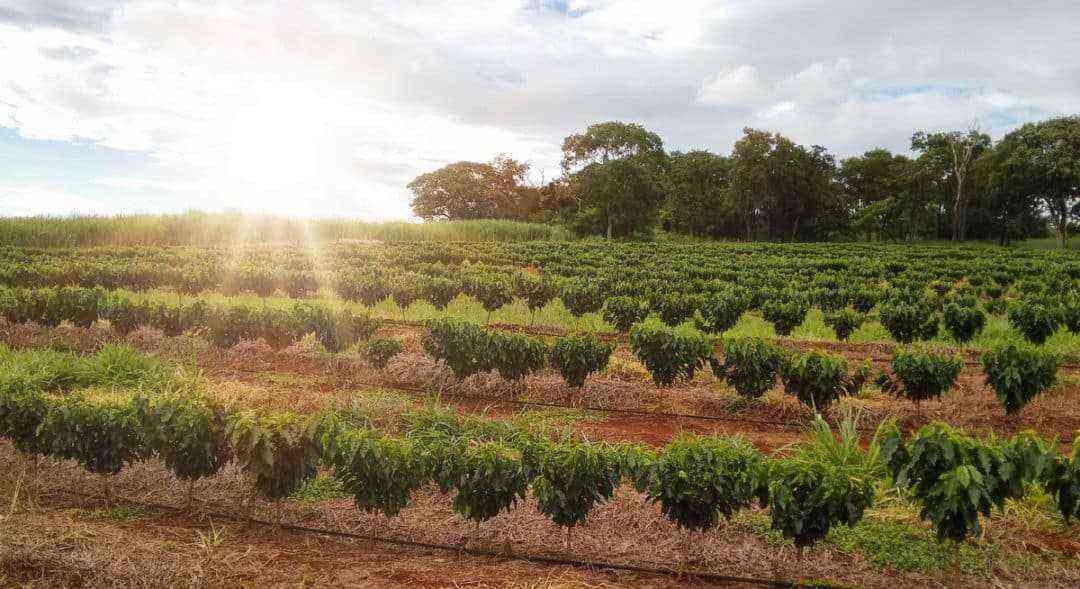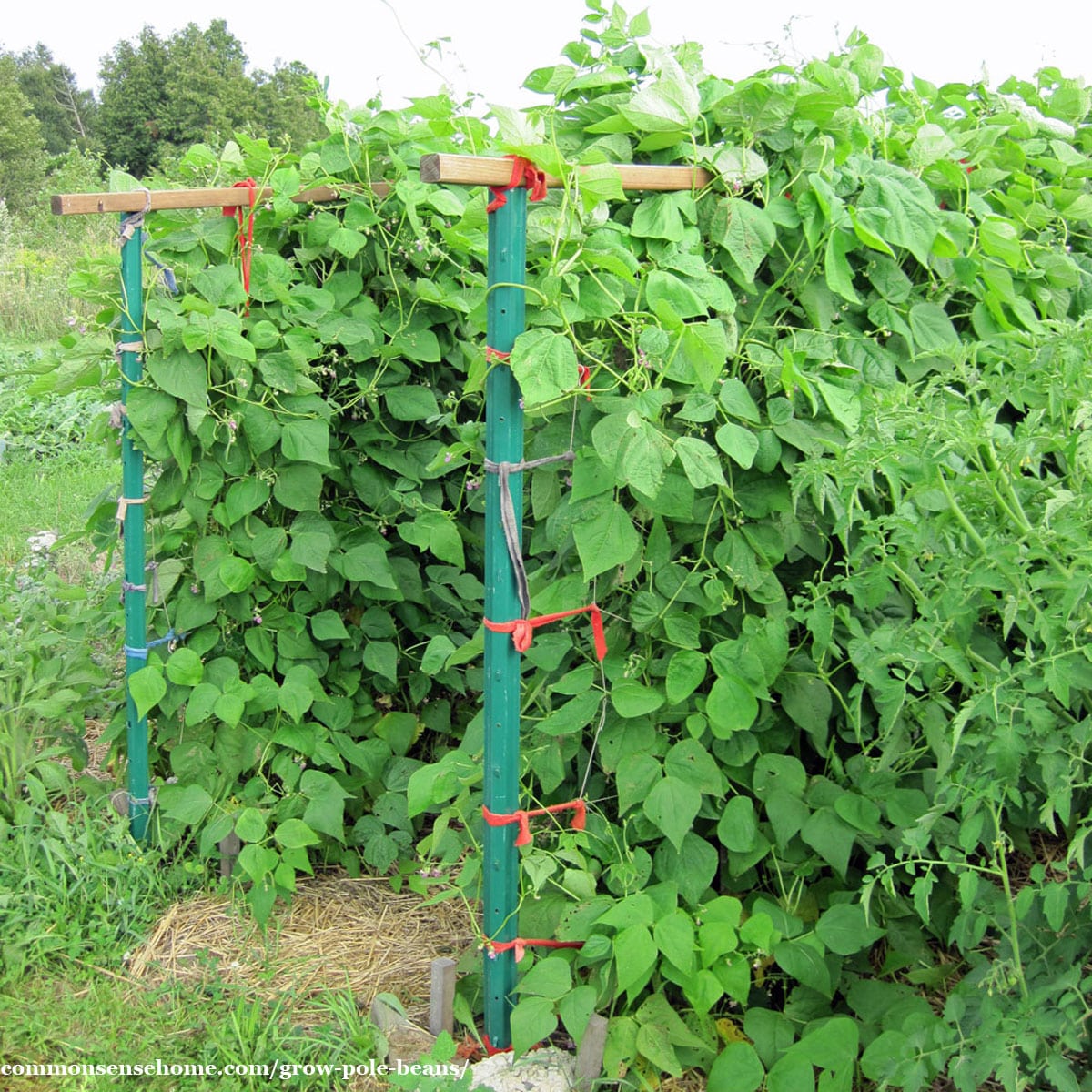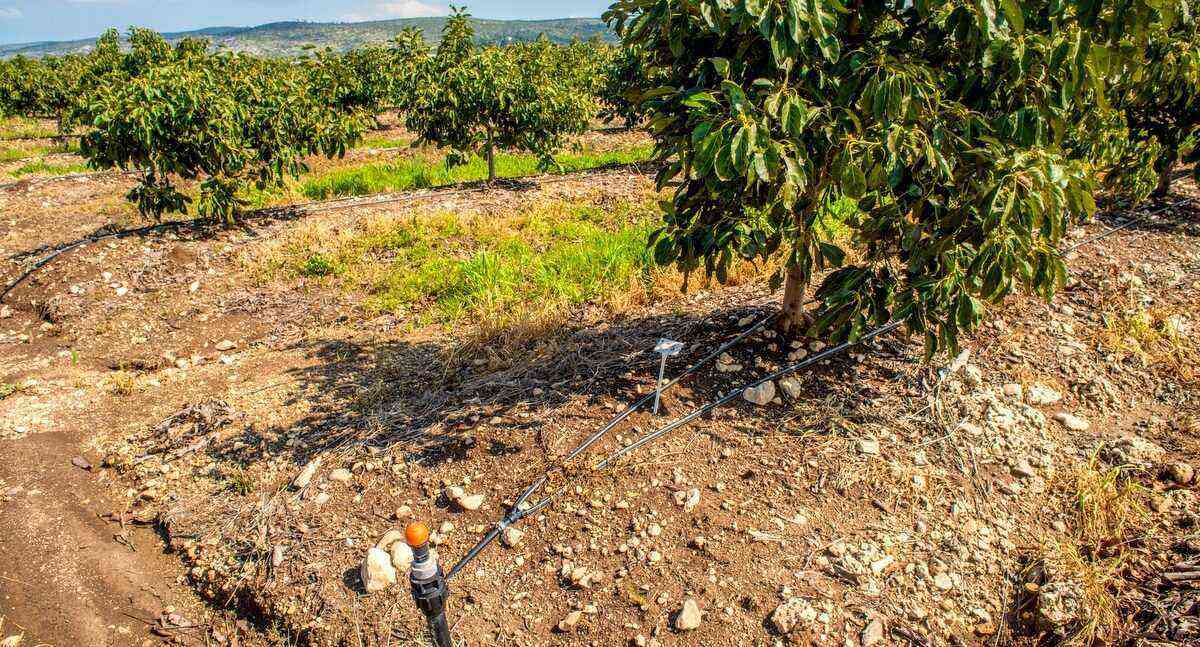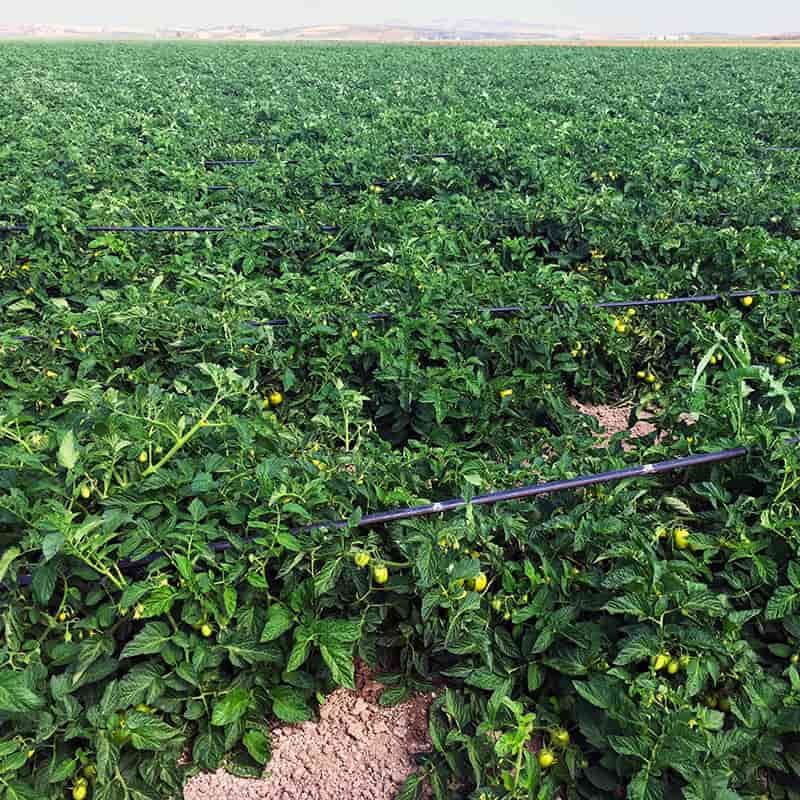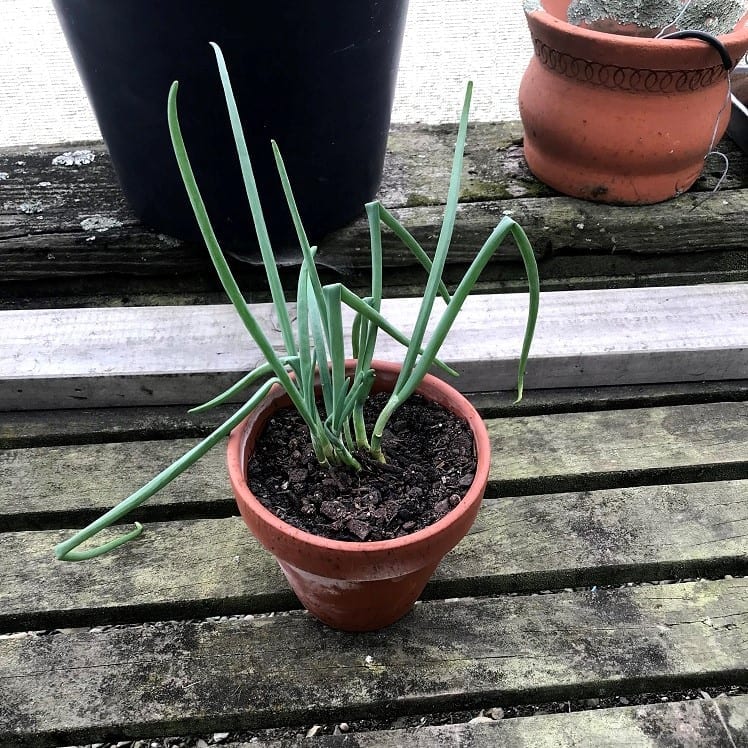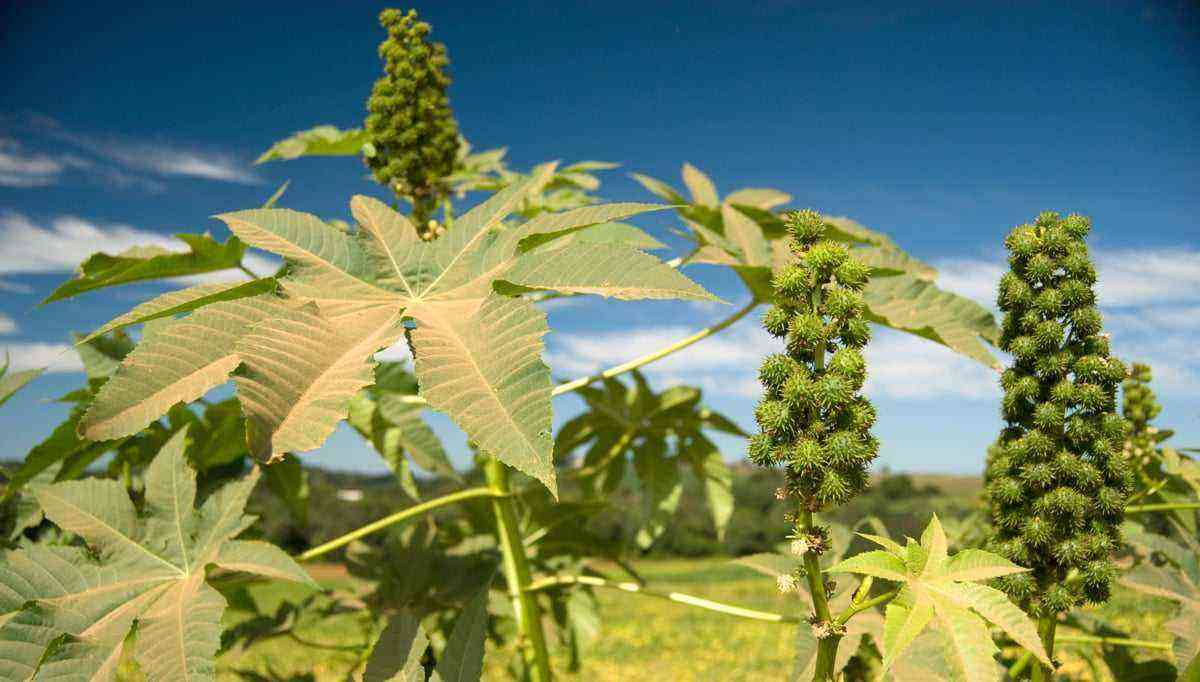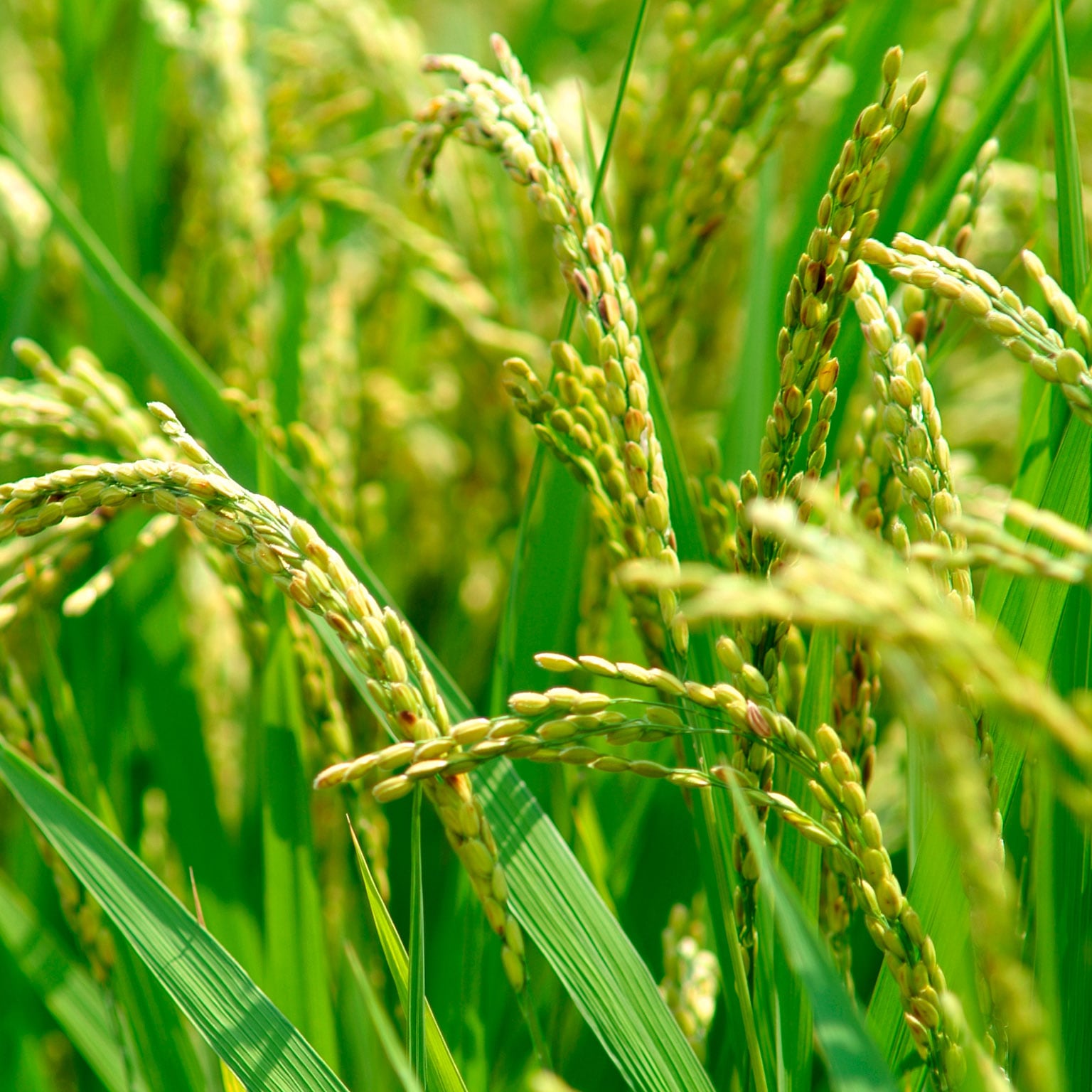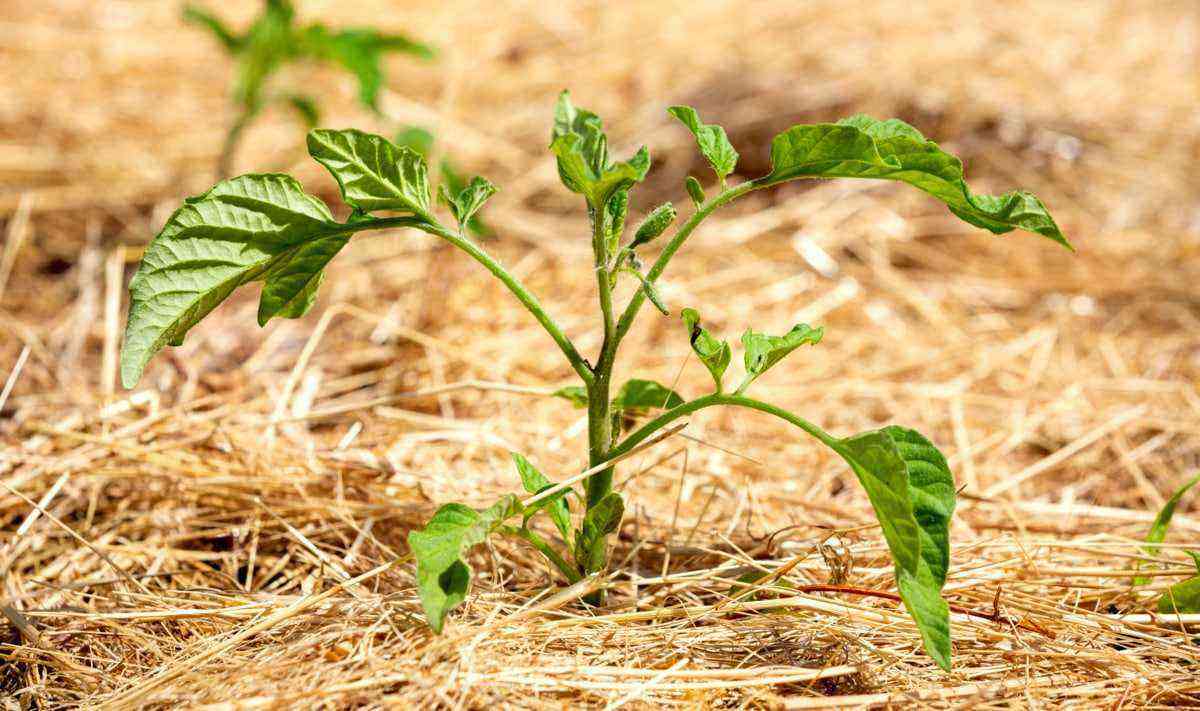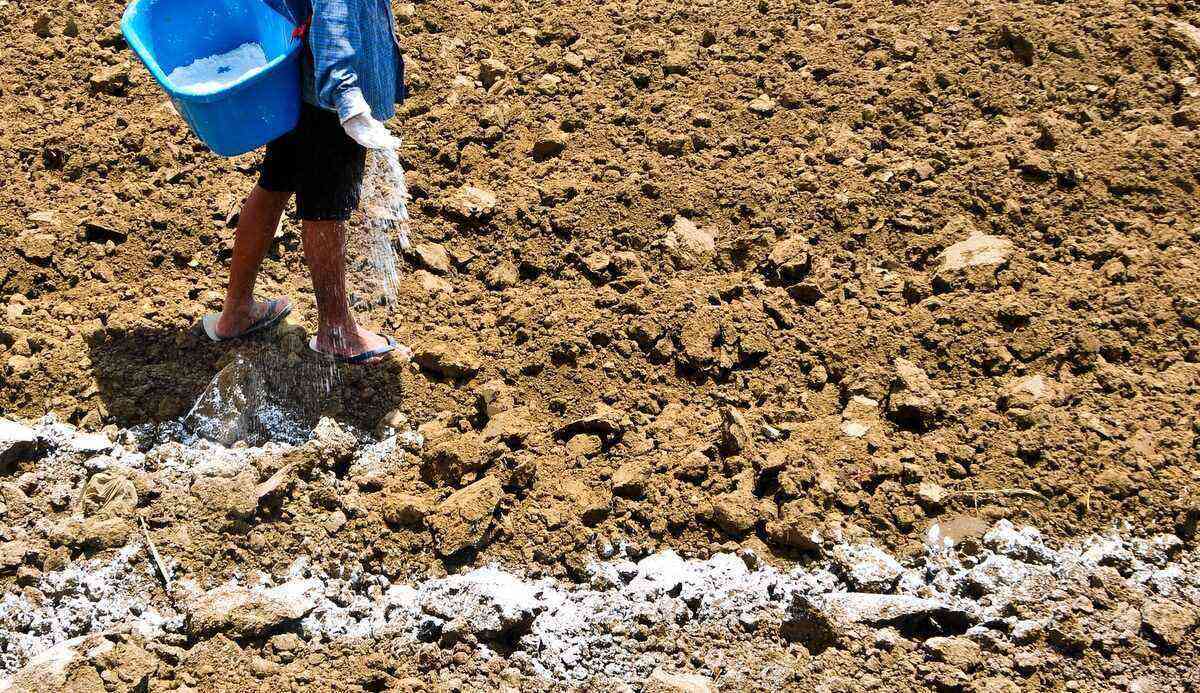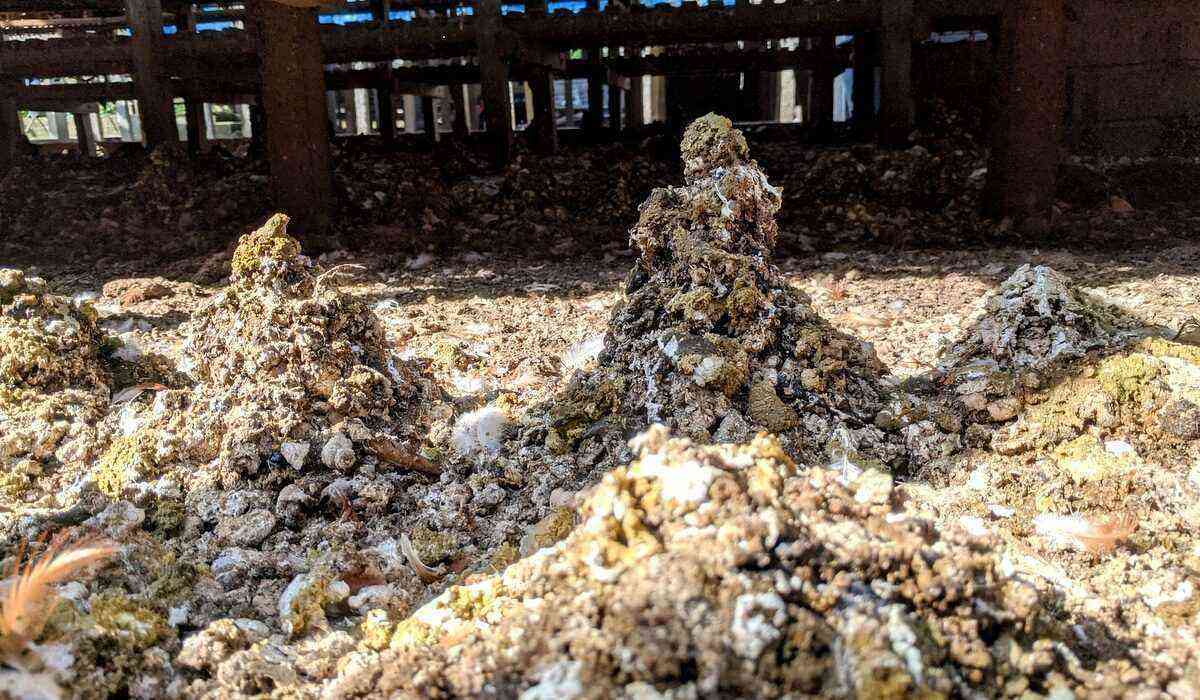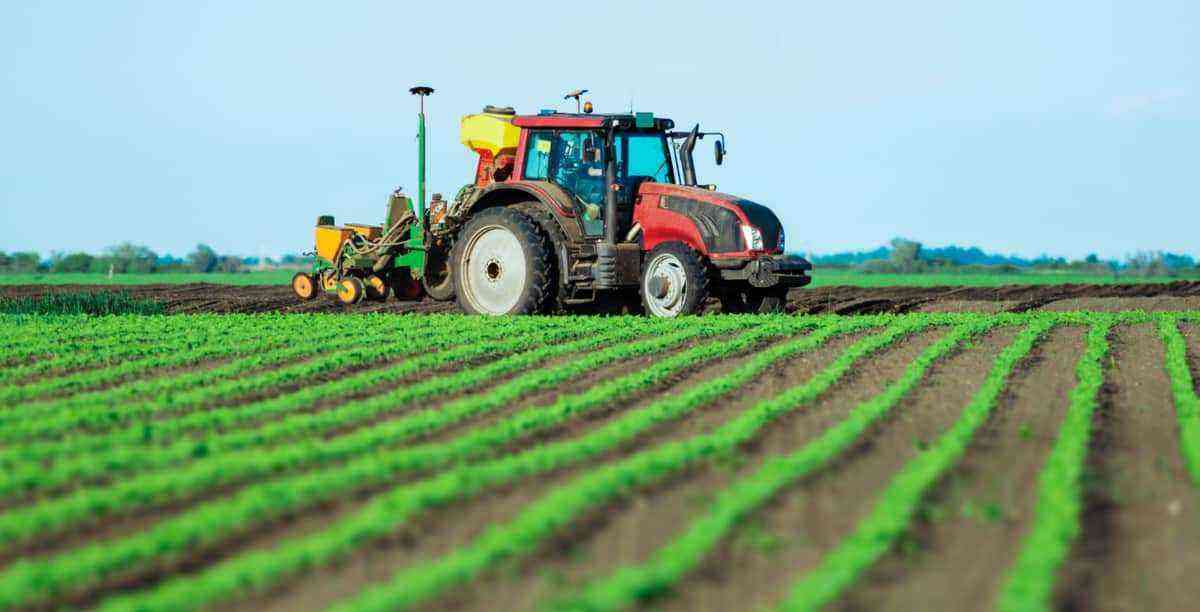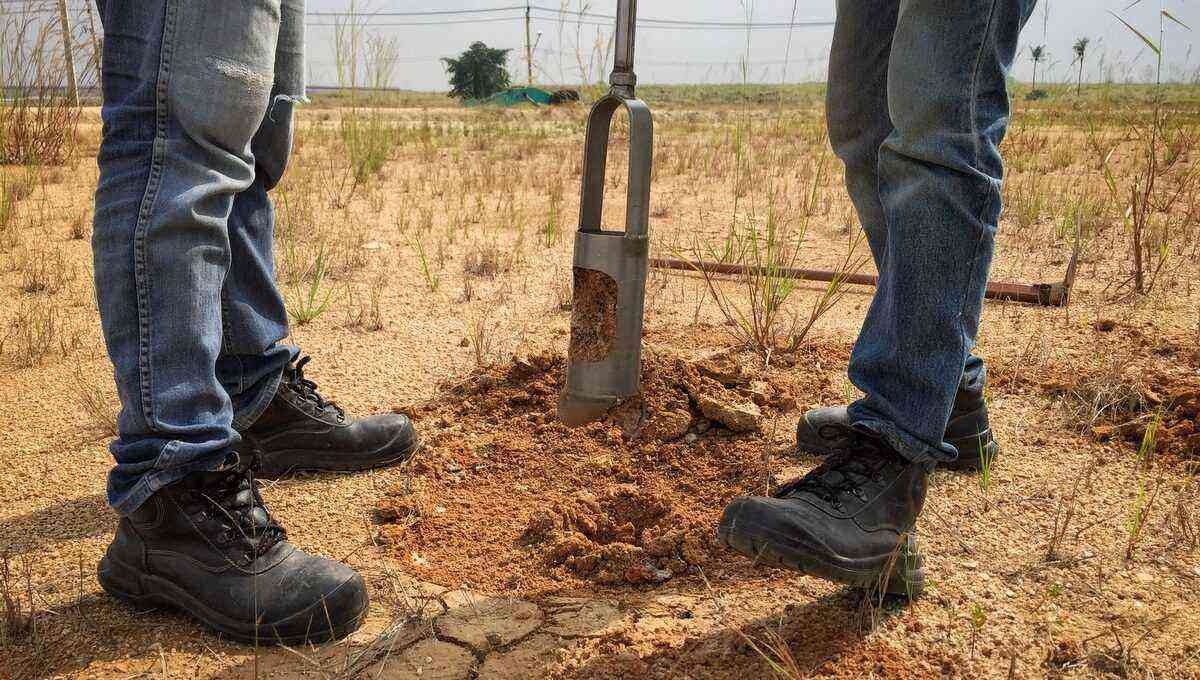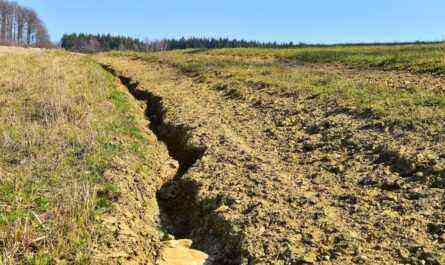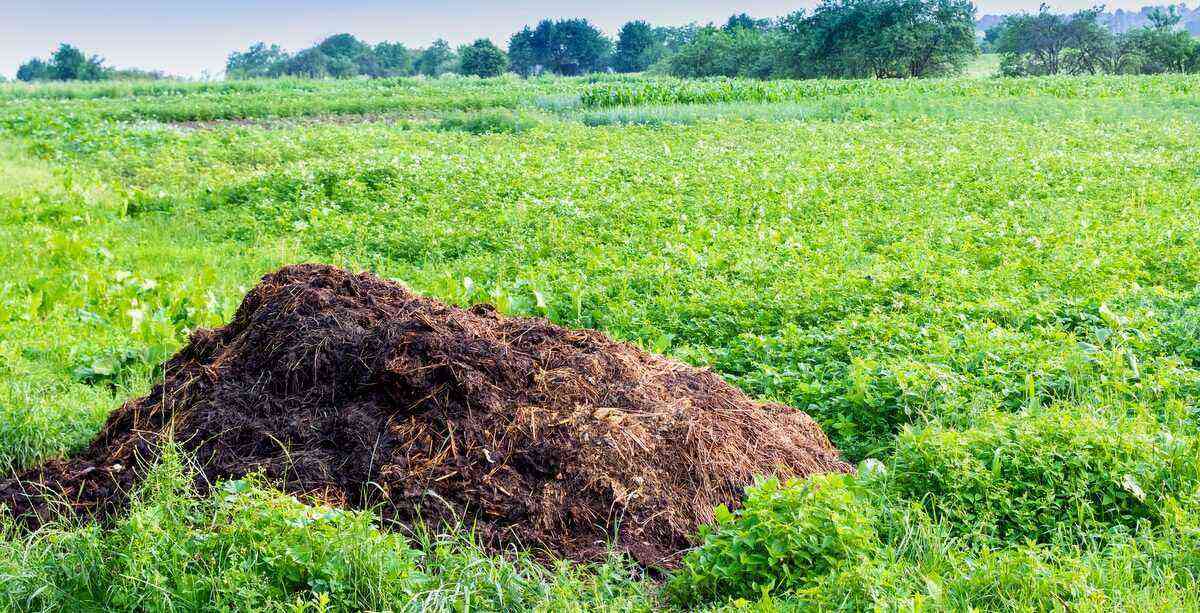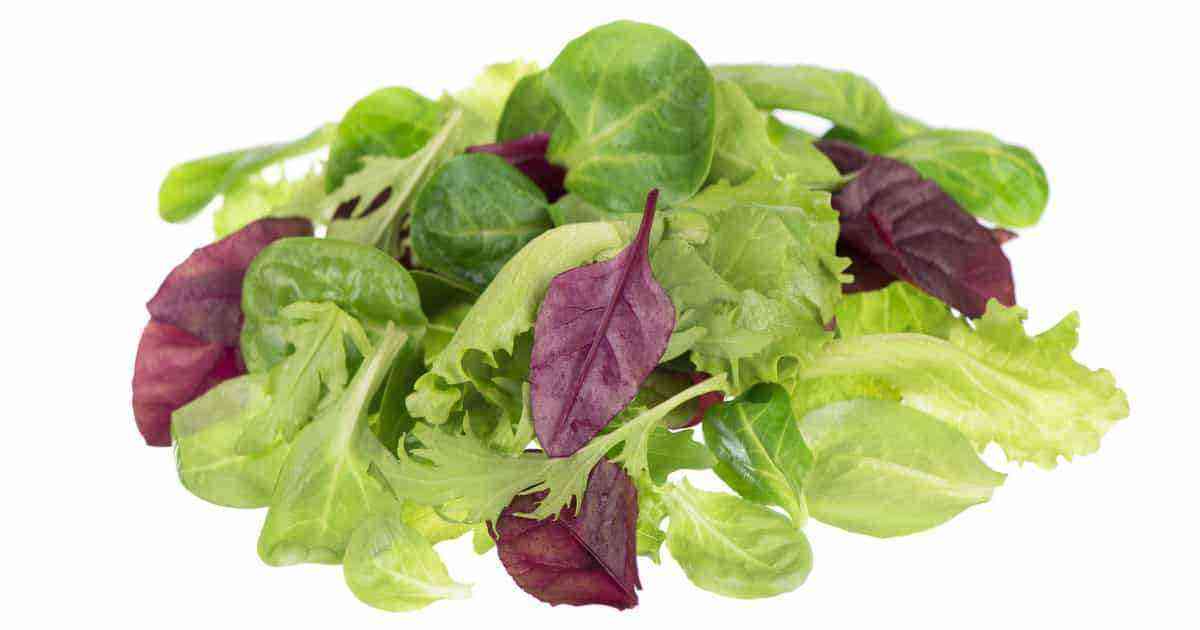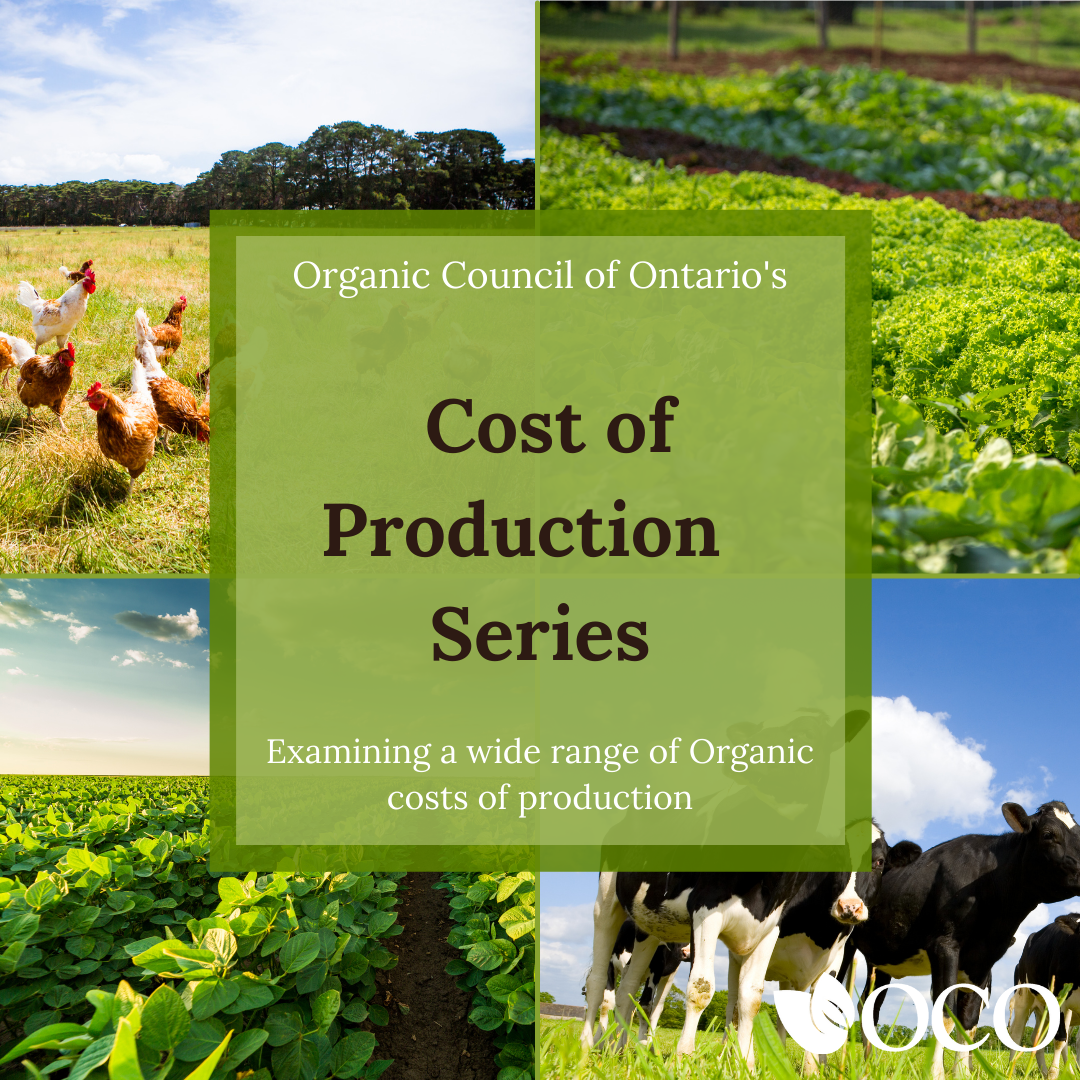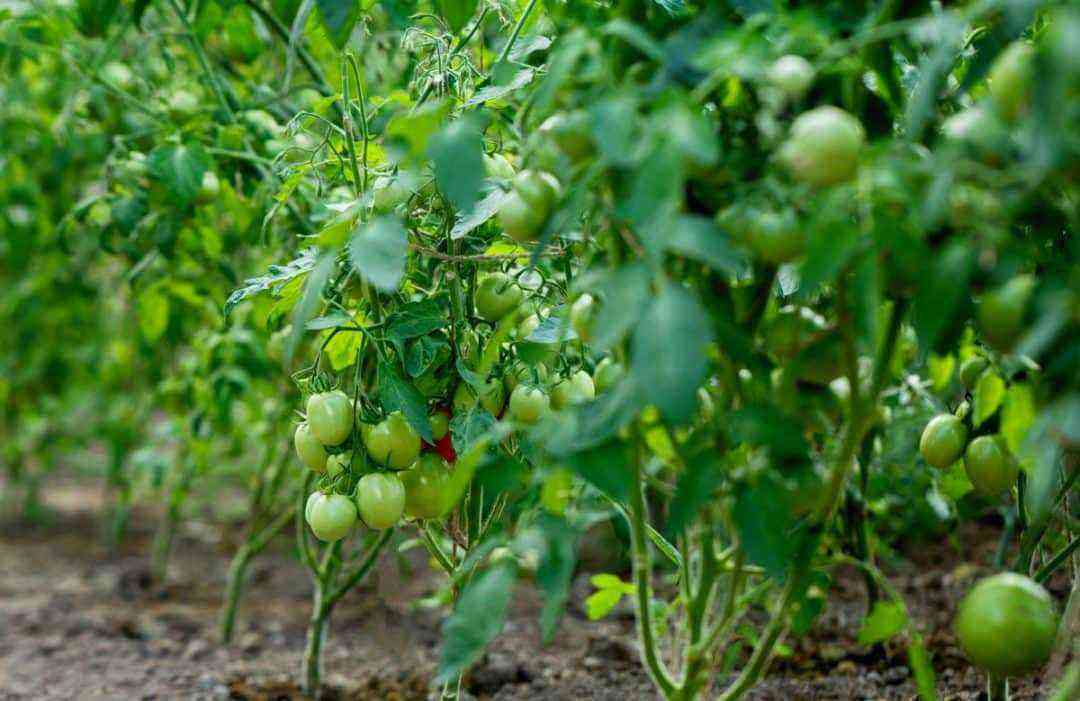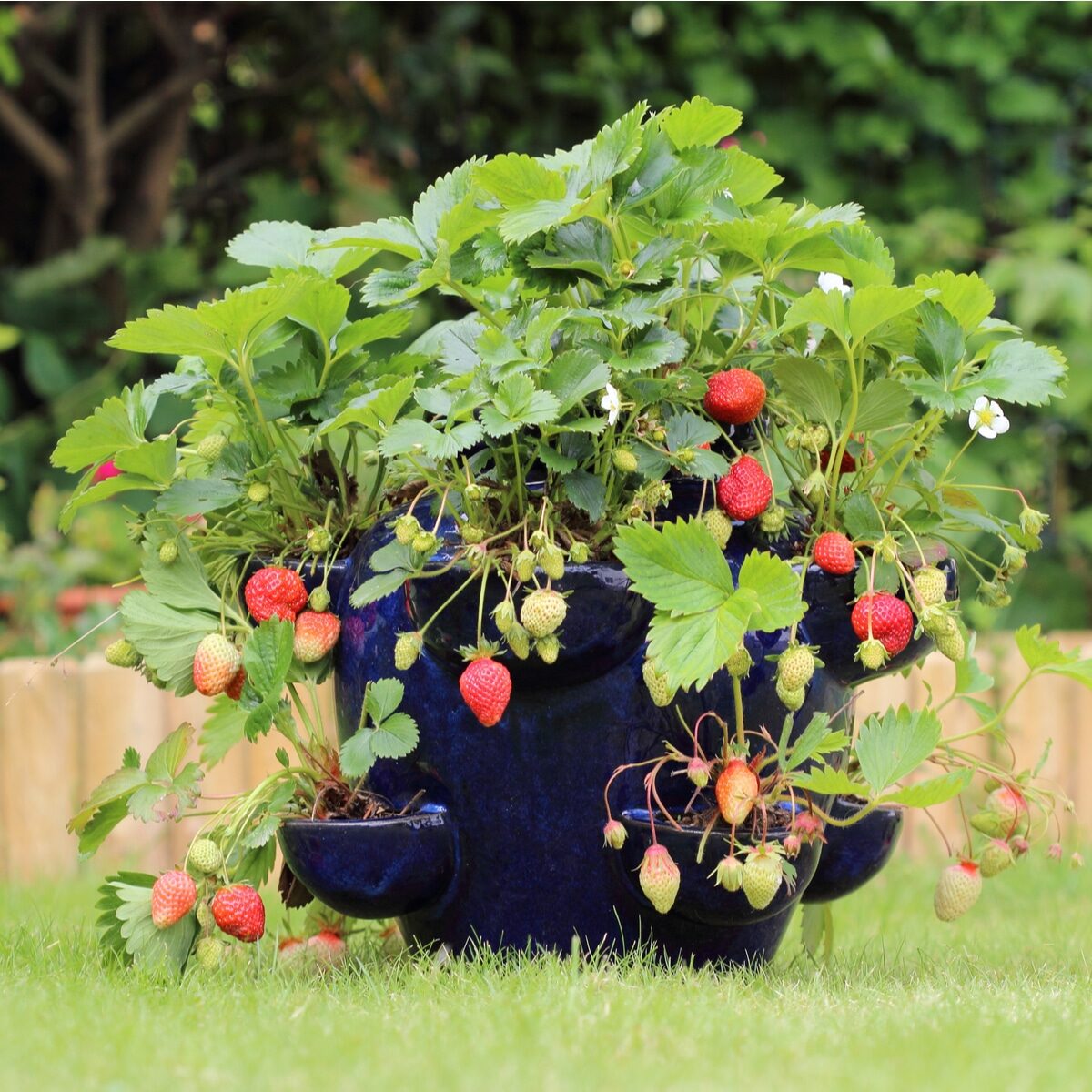Many producers have lost their sleep over something essential and vital to their business: they feel lost and not understanding why the accounts don’t close. Because, even with increased sales, they cannot achieve the expected profit.
Monthly expenses, honoring payments to suppliers, paying employees or at least dreaming of future improvements and investments were lost since there was no control over the financial. It’s called cash flow.
You need to better understand the financials of your venture. Perhaps you are neglecting the vital sector of your business. Your business depends on the results achieved.
There must be planning, control, monitoring and actions capable of measuring precisely what is actually in cash.
Questions such as: buying or renting a machine, buying or not buying new land, investing or not in new products and contracting or not, are decisions to be made based on current financial information that, even with production concerns, cannot be postponed. .

The lack of financial control is a very big risk also in the rural sector. It is synonymous with loss. Hence the importance of cash flow.
Gathering all documents and information into spreadsheets may seem unnecessary to many, but not adhering to this practice can become a cliffhanger if you don’t do it.
fundamental is know your cash flow, which is the basis for financial analysis and decision making. It is one of the most important tools, since it is the record of everything that happens in the financial sector of the company.
In this way, with cash flow, producers can see financial movements over time and make better decisions about the company’s money.
Cash Flow has five basic parts:
- Initial balance: is the cash available in cash and in all bank accounts;
- Cash entry: cash sales and other receipts throughout the day;
- cash outflows: composed of all payments made on the day;
- operating balance: is the result of cash inflows minus cash outflows;
- Ending cash balance: is the sum of the opening balance and the operating balance.
It may seem complex, but in practice it is quite simple.
We often find ourselves in difficult situations, especially with small profit margins, as is often the case in agriculture.
At these times, cash flows point out where and when the biggest expenditures occurred, indicating what and why that part of finance went wrong.
In this way, it will allow you to analyze and prevent these errors from occurring in the future, as well as find some ways out of a complicated situation.
Control entries and exits
In cash flow, controlling inputs and outputs, how much you earn and how much you spend, and doing it consciously, avoiding waste, will allow the producer to remain in the market regardless of the period he is going through.

The cash flow system is one of the ways out for rural producers to guarantee their profitability.
The construction of the flow depends on information that is unique to its reality, which requires reliable, practical and consolidated financial control and cost management that brings substantiated data.
The key is to interpret this information not just for the present day, but to project it into the future.
In this way, we can act proactively to remind our customers to pay on the correct day and to negotiate with suppliers better payment terms and discounts on purchases.
Its permanence in the market is possible through financial health. Remember this.
Also check out our article on technology in the field and its benefits. Good reading!!
